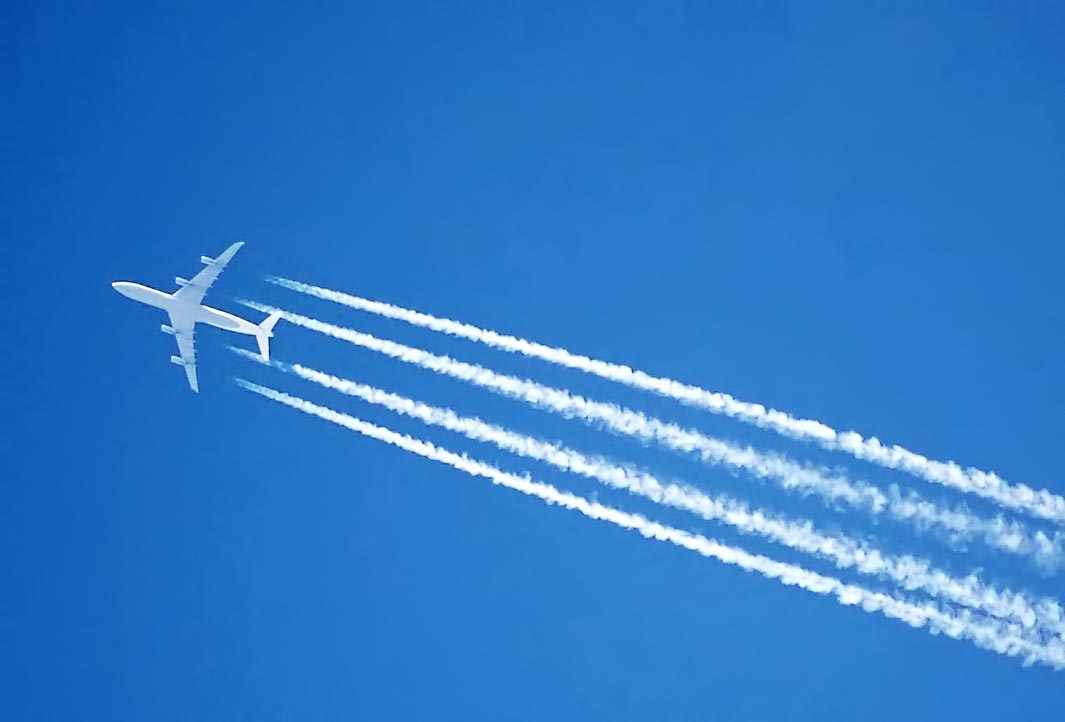By conducting an experiment, Google and American Airlines have managed to adapt flights to reduce the contrails of airliners by more than half. Predictions based on the weather that could ultimately improve up to 35% of the global climate balance of aviation!
This trial could be extended in the months and years to come.
Trails have an impact
Conspiracy theorists erroneously call them “chemtrails”, while those with a bit of common sense or who have studied physics know that contrails are contrails generated by airplanes under certain humidity and temperature conditions. Indeed, it is the gases resulting from the combustion of jet engines and the soot which aggregate with the water particles and form crystals and droplets… which end up forming a “cirrus homogenitus”, a cloud which follows the aircraft trajectory.
And these contrails, given the number of daily flights, are not so harmless: according to Google, which cites the 6e IPCC assessment report, they are responsible for 35.3% of aviation’s impact on global warming. These high altitude clouds trap heat and increase the greenhouse effect. However, this is a short-term radiative effect, the consequences of which are much less lasting than CO2 emissions… But an effect that can be easily countered, by avoiding flights as much as possible in areas where the conditions formation of contrails are met. Google has tested these flight plan changes with American Airlines, and it’s been successful.
When Google AI comes to the rescue
The experiment took place in two stages. The first consisted in identifying, on the constantly changing weather maps, the areas conducive to the formation of contrails. To do this, pilots and climate experts participated in training an AI by learning different situations using maps and readings, in particular with maps generated by satellite imagery.
Once the training was completed and made reliable (which takes time), this AI was integrated into tablets that the pilots of seventy American Airlines flights took with them over a period of six months. During their flight, the trajectories were significantly adjusted to avoid the areas detected by the AI and revealed by their tablets… After which an assessment also carried out by satellite images evaluated the effectiveness on the formation of contrails. The results are very positive since the number of contrails has dropped by 54% on these flights!
A fairly economical action…
It remains to be seen whether avoiding contrails is expensive in fuel, because it would not be a question of compensating for the contrails with more CO2 resulting from the change of trajectory! According to the study, avoiding zones costs about 2% more fuel, which, on a full fleet scale, translates to 0.3% more fuel used (indeed, not all flights are affected by streaks). Google even concludes that it would be one of the most economical solutions to reduce the overall climate impact of aviation!
Future models will be adapted to measurements from other satellites (such as the European MTGs, or the Japanese Himawari) to provide improved maps in the near future with a global prediction of the areas subject to contrails.
Source : https://sites.research.google/contrails/

7